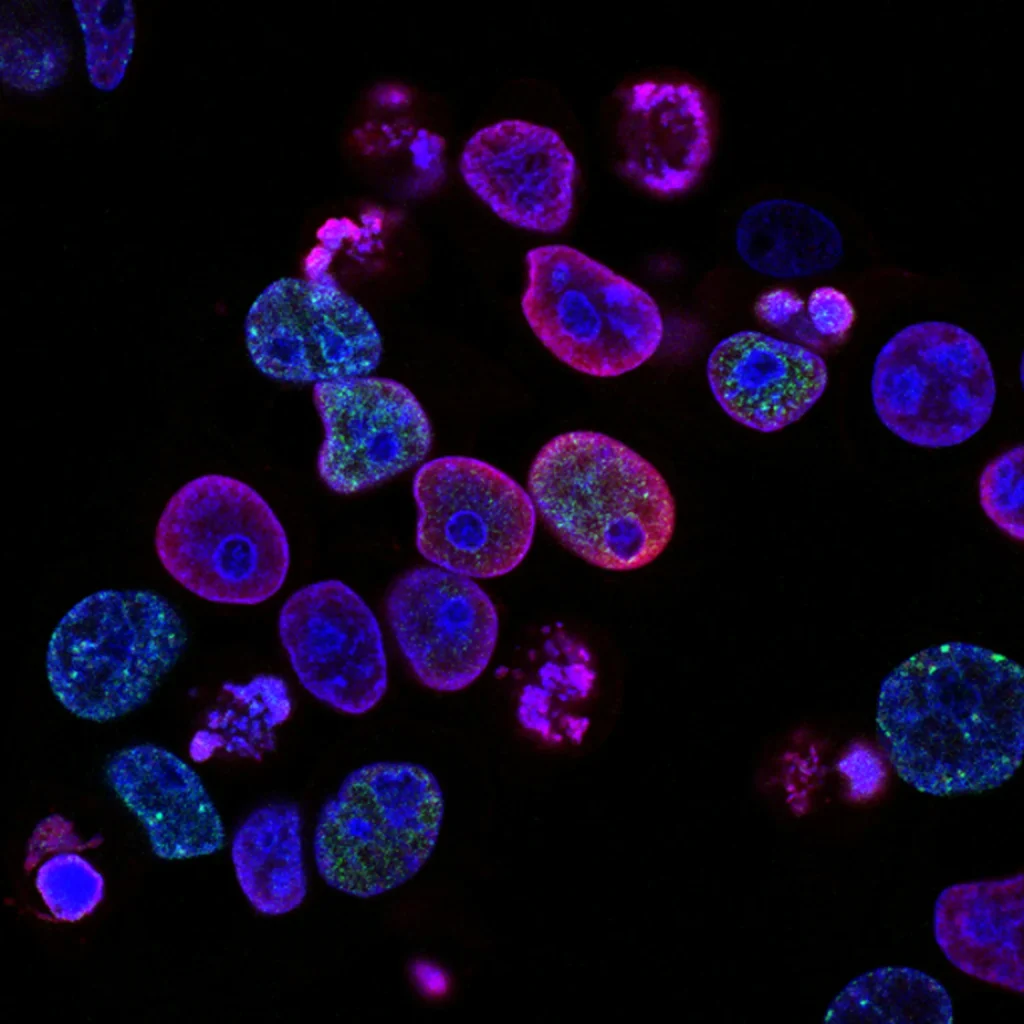What Is Pathological Demand Avoidance (PDA) in Autism?

- Understanding PDA Autism: What is it?
- Differentiating PDA Autism from other forms of Autism
- Common characteristics and traits of PDA Autism
- The impact of PDA Autism on individuals
- PDA Autism in adults: Challenges and coping strategies
- The importance of early diagnosis and intervention
- Pathological Demand Avoidance Test: Assessing PDA Autism
- Real-life examples of PDA Autism
- Autism Awareness Month: Why it matters
- Spreading awareness and promoting acceptance
- Resources and support for individuals with PDA Autism and their families
- Conclusion
- Frequently Asked Questions (FAQs)
Understanding PDA Autism: What is it?
This post may contain affiliate links, meaning I may earn a commission if you make a purchase, at no extra cost to you. I only recommend products I trust. Thank you for your support.
Autism is a neurodevelopmental disorder that impacts individuals diversely, with Pathological Demand Avoidance (PDA) Autism being a specific subtype.
PDA Autism is characterized by an extreme avoidance of everyday demands and challenges with social communication.
Unlike other forms of Autism Spectrum Disorder (ASD), those with PDA Autism exhibit unique traits, including significant demand avoidance, which sets them apart, answering the question of ‘what is PDA Autism’ and ‘what is pathological demand avoidance’.
Understanding the distinct characteristics of PDA Autism, including its hallmark demand avoidance, is crucial as it is often misunderstood and misdiagnosed, leading to challenges in providing appropriate support and interventions.
Recognizing the PDA autism meaning can ensure better outcomes for individuals with this condition.
Differentiating PDA Autism from other forms of Autism
While PDA Autism falls under the broader umbrella of Autism Spectrum Disorder (ASD), it has distinct features that differentiate it from other forms of Autism.
One key aspect of PDA Autism is the excessive avoidance of demands, which is central to understanding ‘what is PDA’.
Individuals with PDA Autism often experience high levels of anxiety and struggle to cope with everyday tasks and expectations.
Those with PDA Autism may exhibit superficially sociable behavior, which is a part of the PDA profile, making it challenging to identify their condition.
Additionally, individuals with PDA Autism may have better social imitation skills and appear more socially adaptive, which are pda autism examples that further complicate the diagnostic process.
Common characteristics and traits of PDA Autism
PDA Autism is characterized by several common traits and characteristics, with demand avoidance being a primary feature.
This manifests as a strong resistance to everyday tasks, instructions, and expectations, and is a defining aspect of PDA behavior.
Individuals with PDA Autism may exhibit extreme avoidance behaviors, such as shutting down, becoming aggressive, or engaging in repetitive behaviors.
Another characteristic of PDA Autism is heightened anxiety levels, which is a form of pathological demand avoidance in adults as well.
Individuals with PDA Autism often experience anxiety in response to demands and struggle with regulating their emotions.
This anxiety can lead to meltdowns or shutdowns when faced with overwhelming situations.
Furthermore, PDA Autism is associated with difficulties in social communication and interaction.
While individuals with PDA Autism may possess superficial social skills, they often struggle with deeper social understanding and maintaining reciprocal relationships, which is a challenge related to autistic PDA and demand avoidance.
The impact of PDA Autism on individuals
Individuals with PDA Autism may experience significant challenges due to their extreme demand avoidance, particularly in educational settings.
The pressures of autism education, including the need to meet academic expectations and adhere to structured routines, can cause considerable stress and anxiety.

Navigating social interactions can be particularly challenging for individuals with PDA Autism, as their demand avoidance and difficulties with social communication can lead to isolation.
The PDA Society recognizes that establishing meaningful relationships is often fraught with feelings of exclusion for those affected.
PDA Autism in adults: Challenges and coping strategies
Pathological demand avoidance in adults with PDA Autism presents unique challenges that persist beyond childhood.
The PDA profile of autism in adults affects various aspects of life, including employment, relationships, and the ability to live independently.
In professional environments, individuals with PDA Autism may find the typical demands and rigid structures overwhelming.
While they may thrive in roles that play to their strengths, autism services acknowledge that they often encounter difficulties with office dynamics and forming workplace relationships due to demand avoidance.
Developing personalized strategies is crucial for coping with the challenges of PDA Autism.
Joining a PDA support group or becoming part of a PDA community can be beneficial, along with creating structured routines, practicing self-care, seeking professional support, and using assistive technologies.
Are you searching for a compassionate and experienced caregiver to take care of your loved one, feel free to contact me here.
The importance of early diagnosis and intervention
Early diagnosis and intervention are vital for effectively supporting individuals with PDA Autism.
A timely PDA diagnosis and autism assessment allow for the implementation of suitable interventions and accommodations, which can foster the development of coping strategies, enhance social communication skills, and manage anxiety.
Acknowledging the unique traits and characteristics of pathological demand avoidance autism is essential for parents, educators, and healthcare professionals.
By working collaboratively, they can provide the tailored support and interventions that align with the individual autism profile, thereby improving life outcomes for those with PDA Autism.
Pathological Demand Avoidance Test: Assessing PDA Autism
The Pathological Demand Avoidance (PDA) Test, commonly known as the PDA test, is a valuable diagnostic tool specifically created to evaluate and identify individuals who display traits associated with pathological demand avoidance syndrome, also known as demand avoidance autism.
This syndrome falls within the autism spectrum and is characterized by a strong inclination to avoid demands.
The PDA test consists of a comprehensive set of questions and scenarios that effectively assess an individual’s propensity for avoiding demands and their corresponding reactions to different types of demands, including demand avoidance autism.
By utilizing this test, professionals can gain a deeper understanding of an individual’s demand avoidance tendencies and tailor appropriate interventions accordingly.
Professionals utilize the PDA test to distinguish between diagnosing PDA and other forms of Autism Spectrum Disorder, ensuring an accurate diagnosis and the provision of appropriate support.
In conclusion, the PDA test is a crucial tool in the field of autism diagnosis and intervention, providing professionals with a standardized and reliable method to assess and address the unique challenges faced by individuals with pathological demand avoidance syndrome, including demand avoidance autism.
Real-life examples of PDA Autism
To gain a deeper understanding of PDA Autism, let’s delve into pathological demand avoidance examples and real-life pda autism examples of individuals living with this condition:
- Sarah, a teenager with PDA Autism, experiences extreme anxiety and avoidance when asked to complete her school assignments. She becomes overwhelmed by the demands and shuts down, unable to proceed. Through personalized strategies and accommodations, Sarah’s educational team helps her break down tasks into manageable steps and provide additional support when needed.
- James, a young adult with PDA Autism, struggles with maintaining employment due to his difficulties with demands and social interactions. However, with the support of a job coach and a flexible work environment, James finds success in a role that aligns with his passion for technology.
These examples underscore the unique challenges faced by those with PDA Autism and the importance of providing positive PDA support and understanding tailored to their needs.
Autism Awareness Month: Why it matters

Autism Awareness Month is a pivotal time for raising awareness and educating the public about the various forms of Autism, including PDA Autism.
By amplifying understanding and acceptance, we can foster a more inclusive society that supports and accommodates individuals with PDA Autism, marking occasions like PDA day with significance.
Autism Awareness Month also presents an opportunity to challenge stereotypes and dispel misconceptions about Autism, contributing to autism studies.
Sharing stories, resources, and information is key to promoting acceptance and nurturing a community that values neurodiversity.
Spreading awareness and promoting acceptance
There are several ways to spread awareness and promote acceptance of individuals with PDA Autism during Autism Awareness Month, such as distributing a PDA booklet.
- Sharing personal stories and experiences: Encourage individuals with PDA Autism and their families to share their stories and experiences to help others gain a better understanding of the condition.
- Hosting community events and workshops: Organize events that focus on PDA Autism, such as workshops, panel discussions, and educational sessions. These events can provide valuable information and create a platform for open dialogue.
- Utilizing social media platforms: Leverage the power of social media to raise awareness by sharing informative posts, graphics, and videos about PDA Autism. Use hashtags and tag relevant organizations to maximize reach.
Resources and support for individuals with PDA Autism and their families
Individuals with PDA Autism and their families can access various resources and support from organizations like the PDA Society to navigate their journey.

- Support groups: Join local or online support groups specifically tailored to PDA Autism. These groups provide a safe space for individuals and families to connect, share experiences, and seek advice. Below are some of websites you can find and join support groups: PDA Society, National Autistic Society, PDA Resource, PDA-UK, facebook groups and Reddit (PDA Community, PDA Support Group, Parents of PDA Kids)
- Professional guidance: Seek support from healthcare professionals, therapists, and educators who specialize in Autism and PDA Autism. They can provide guidance, assessments, and interventions to meet individual needs.
- Educational resources: Utilize books, websites, and online courses that offer information and strategies for supporting individuals with PDA Autism. These resources can empower individuals and families with knowledge and practical tools.
Learn more about COPD, memory care in seniors, comfort care or palliative care, hospice care, alzheimer and dementia, spastic quadriplegia cerebral palsy, online nursing programs, and caring for stroke patients.
Conclusion
Autism Awareness Month serves as a reminder to shed light on the unique challenges faced by individuals with PDA Autism, also known as pervasive demand avoidance.
Understanding the distinct characteristics of PDA Autism, differentiating it from other forms of Autism, and providing appropriate support and interventions can significantly improve outcomes for individuals with this condition.
By spreading awareness, promoting acceptance, and accessing available resources, we can create a more inclusive society that embraces neurodiversity and supports individuals with PDA Autism and their families.
Frequently Asked Questions (FAQs)
What is Pathological Demand Avoidance (PDA)?
Pathological Demand Avoidance (PDA) is a profile within the autism spectrum characterized by an extreme aversion to everyday demands and requests, often leading to challenging behavior.
How is PDA different from other autism profiles?
PDA presents unique challenges, with individuals exhibiting an increased need for control, unpredictability in responses, and heightened anxiety compared to other autism profiles.
What are common signs of Pathological Demand Avoidance (PDA)?
Signs may include resistive behavior, avoidance of demands, high anxiety levels, and difficulties with social interaction.
How can PDA be diagnosed?
Diagnosis involves comprehensive assessment by professionals familiar with autism spectrum disorders, considering behavior patterns and specific PDA traits.
Is PDA a lifelong condition?
PDA is a lifelong aspect of the autism spectrum. However, with appropriate support and understanding, individuals can develop coping mechanisms and lead fulfilling lives.
Can individuals with PDA lead independent lives?
With appropriate support and understanding, individuals with Pathological Demand Avoidance can develop coping skills and lead independent lives, although the level of support needed may vary.




